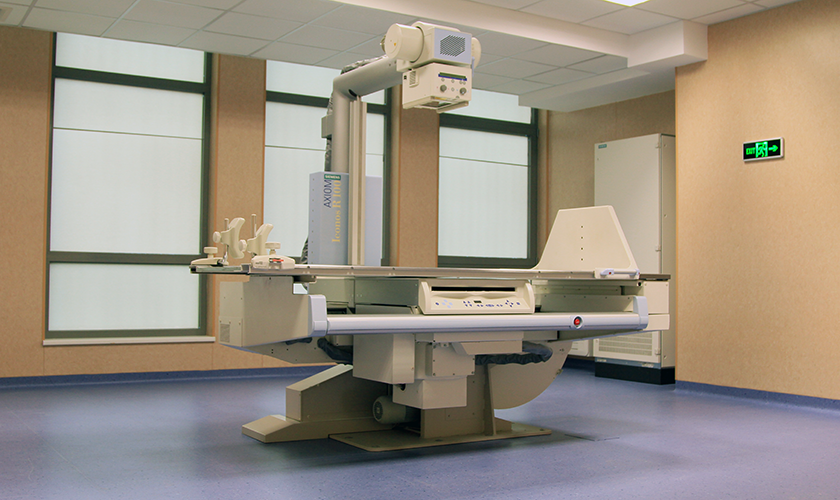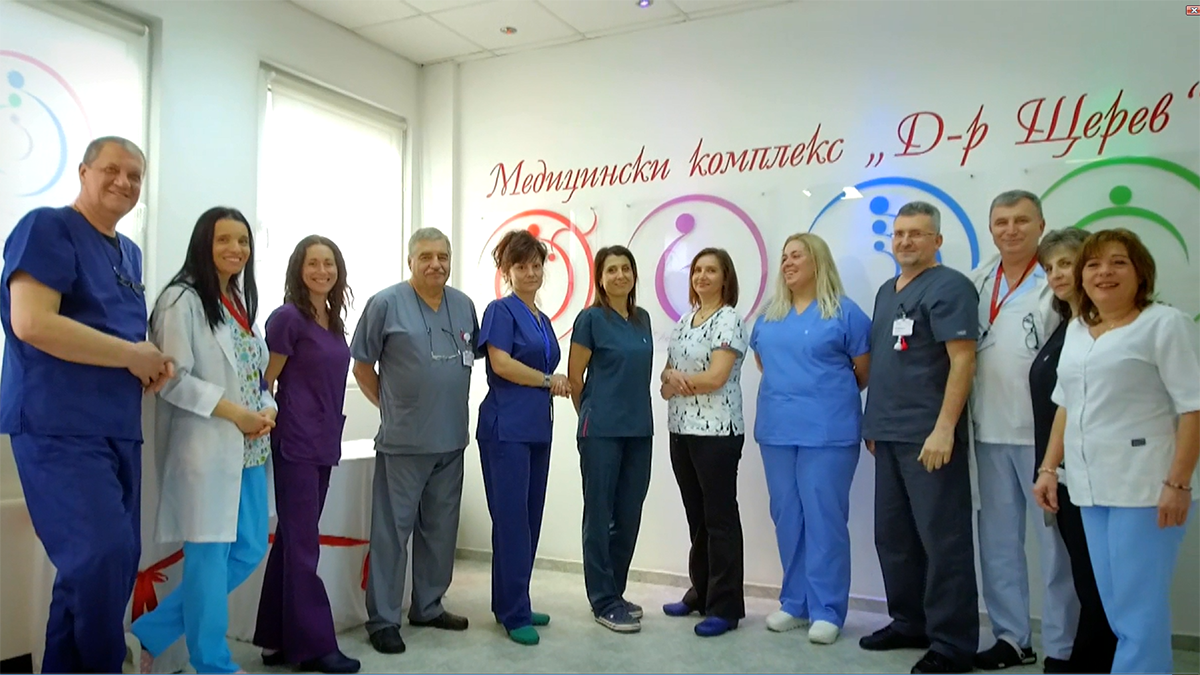
HSG - accents
- Hysterosalpingography, also known as uterosalpingography, is a radiologic procedure for visualization of the fallopian tubes, the uterine cavity, and the cervical canal through a radioopaque liquid.
- Spasms like these in the menstrual cycle are a possible reaction during the examination.
- See the video below and get to know with the reproductive experts in Dr. Shterev Hospital - the Ob/Gyn specialist who stand by their patients in the strive for a baby.
Hysterosalpingography (HSG)
What is HSG?
Hysterosalpingography, also known as uterosalpingography, is a radiologic procedure for visualization of the fallopian tubes and examination of their condition and passability. The uterine cavity and partly the cervical canal can also be seen. In Hysterosalpingography a radioopaque liquid is used for the visualization.
When is required?
This examination is required to assess:
- Passability of fallopian tubes
- Shape and size of uterine cavity
- Presence of congenital malformations of the tubes and the cavity
HSG is performed between 8th and 12th day from the first day of the menstrual cycle. It is forbidden in cases of suspected pregnancy, continuing menstruation, pelvic inflammatory disease or untreated sexually transmitted disease, severe kidney or cardiac problems, sensitivity to the radioopaque liquid, recent curettage or unexplained vaginal bleeding.
What is the preparation for HSG?
A chlamydia and microbiology testing of vaginal discharge is required in the month before the HSG examination. The aim is to detect possible infections, which have to be treated before the HSG. Sexual contacts have to be avoided from the first day of the menstrual cycle after which the examination is planned. One previous day or in the morning before the HSG the patient is tested for CBC and ESR to exclude the possibility for an inflammatory process in her body.
How does the procedure work?
The procedure is performed in a special room for x-ray examinations by an Ob/Gyn specialist and a radiologist. The patient must be with an empty bladder. She lies on a table in a position, similar to a gynecological examination. The Ob/Gyn specialist uses a speculum for better visibility to the uterine cervix and carefully cleans the vagina. A thin, flexible and soft catheter is inserted through the cervical canal for the insertion of the radioopaque liquid with the help of a syringe.
If the fallopian tubes do not have any blockages, the liquid passes through them and pours into the abdominal cavity, where it is absorbed naturally from the woman’s body. If the tubes have blockages, the fluid cannot pass through them. After the radioopaque liquid is inserted in the uterine cavity, the radiologist takes the X-ray.
When the procedure is over, all the equipment is removed and the woman has time to lay down for a short time if she needs to recover.
If it is necessary, the procedure could be performed under short-acting intravenous anesthesia. In this occasion the woman has to be consulted by an anesthesiologist and a cardiologist before the process.
The radiologist analyzes the HSG X-ray examination, and the Ob/Gyn specialist is the one who interprets the results for the treatment purposes.
What is the feeling during the procedure?
Spasms like these in the menstrual cycle are a possible reaction during the examination. The strength and intensity of those spasms depend on the condition of the fallopian tubes. Sexual contacts during the week after the procedure must be avoided.
Do I need to book an appointment?
The preliminary booking of an appointment is mandatory for performing Hysterosalpingography examination.
Special fertility tests - contact us
Meet the reproductive specialists from Dr. Shterev Hospital who help every day their patients in the struggle for a baby.
Book your appointment with a reproductive specialist via a phone call to 02 920 0901 or through our digital communication channels - website, Viber, Facebook Messenger.
Video: Our reproductive specialists
They are behind you on the thought path to the dreamed baby. They struggle tirelessly to create a new life. The bring joy to our patients. They are our Ob/Gyn and reproductive specialists. Watch the exclusive video created about them with gratitude for their dedicated work and noble mission to help the couples to feel the greatest family joy - the sound of baby’s laughter in their home.
Special fertility tests - resume
Dr. Shterev Hospital team has more than 30 years of experience in the field of assisted reproductive techniques. For that period, the specialists managed to help thousands of women and couples to feel the greater joy - the happy laughter of their one baby. More than 10 000 are the children born after different assisted reproductive techniques and modern laboratory methods for infertility treatment, applied by all the gynecologists, embryologists, and biologists in Dr. Shterev Hospital.
 Медицински комплекс „Д-р Щерев”
Медицински комплекс „Д-р Щерев” 